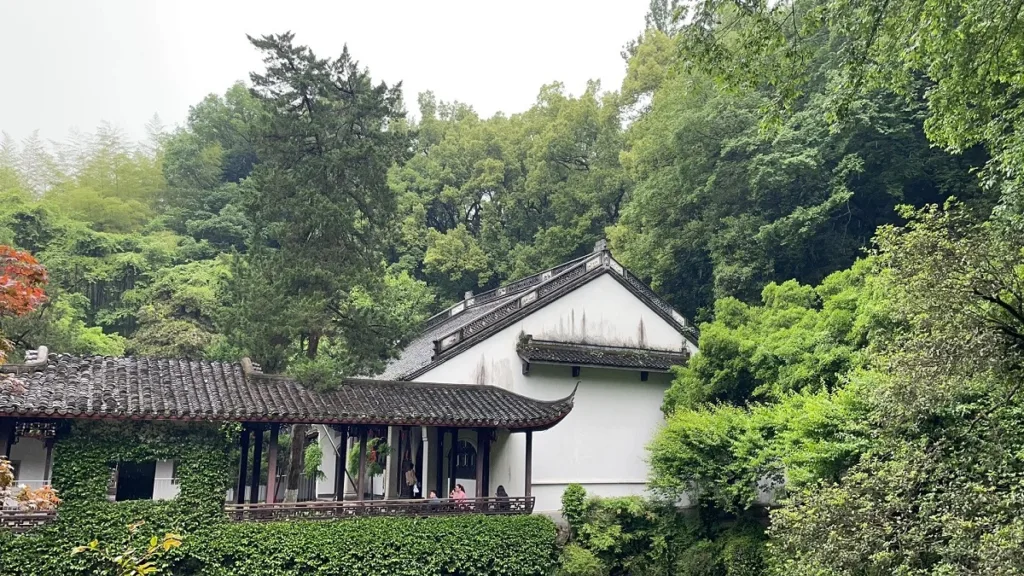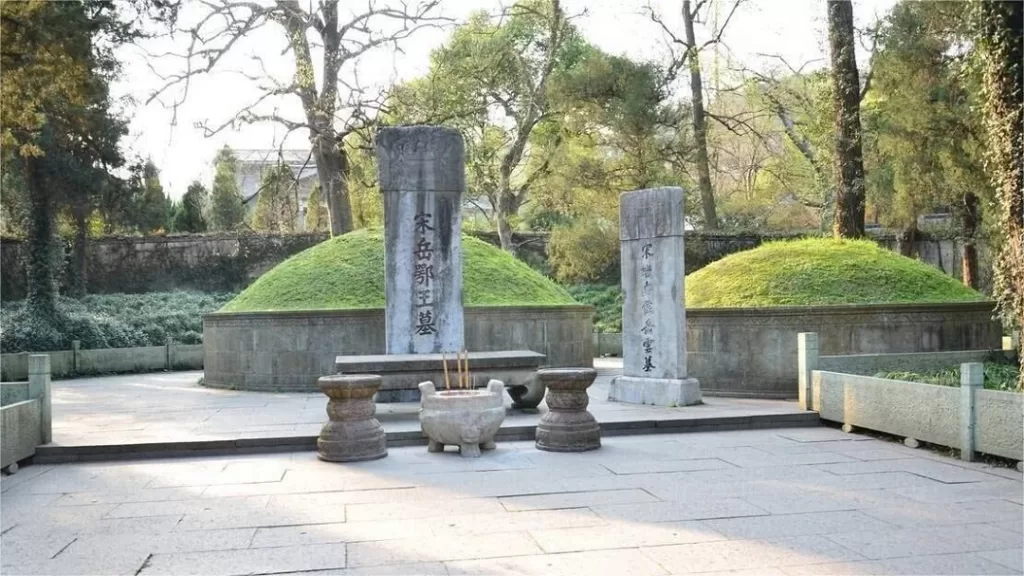Zhejiang Provincial Museum (Gushan) (浙江省博物馆孤山馆), located at the foot of Gushan Mountain, south of the picturesque West Lake in Hangzhou, Zhejiang Province, China, boasts a breathtaking natural setting and rich cultural heritage. Adjacent to the iconic Bai Causeway and the tranquil scenery of Pinghu Autumn Moon, and neighboring the Xiling Seal Society to the west, it enjoys a privileged location. The museum underwent expansion and renovation in autumn 1993, covering an area of 20,400 square meters. In the fall of 1999, the Zhejiang West Lake Art Museum was completed on the eastern side of the museum area. The architectural design integrates standalone structures with winding corridors, reflecting the distinctive regional characteristics of Jiangnan. Nestled amidst the picturesque landscape of lakes and mountains, the museum complex has become a captivating cultural landmark in Hangzhou.
Table of Contents
- Basic Information
- Location and Transportation
- Highlights of Zhejiang Provincial Museum (Gushan)
- Vlog about the Gushan Branch
- Attractions near Zhejiang Provincial Museum (Gushan)
Basic Information
| Estimated Length of Tout | 2 hours |
| Ticket Price | Free |
| Opening Hours | 9.00 – 17.00; Last admission: 16.30 |
| Telephone Number | 0086-0571-87980281 |
Location and Transportation
Zhejiang Provincial Museum (Gushan) is located at No. 25 Gushan Road, Xihu District, Hangzhou City, Zhejiang Province, China, situated on the west side of West Lake. To get there, you can take bus WE1314 or West Lake Outer Ring Line and get off at Bai Causeway Stop (白堤站).
Highlights of Zhejiang Provincial Museum (Gushan)
Wenlan Pavilion and Siku Quanshu

The exhibition at Zhejiang Provincial Museum (Gushan) showcases the prestigious collection housed within the Wenlan Pavilion, which includes the complete Siku Quanshu, also known as the “Complete Library in the Four Branches of Literature.” Among the seven royal libraries established during the Qing Dynasty, Wenlan Pavilion is one of the rare survivors, making it the only remaining royal library in Jiangnan.
Originally built as part of the Kangxi Imperial Palace in 1707, the site later became the Shengyin Temple during the Yongzheng Emperor’s reign in 1727. In 1782, during the Qianlong Emperor’s reign, the construction of the Wenlan Pavilion was ordered on the eastern side of the Yulan Hall in the West Lake Imperial Palace. Completed in 1784, the Wenlan Pavilion started receiving volumes of the Siku Quanshu in 1787, with the full collection assembled by the end of the Qianlong Emperor’s reign, totaling 35,990 volumes.
Leifeng Pagoda’s Cultural Relics

Originally constructed by King Qian Chu of the Wuyue Kingdom to enshrine a Buddhist relic known as the “Sarira of the Buddha’s Hair,” the pagoda was initially named the “Huangfei” Pagoda. Construction began in the fifth year of the Kaibao era (AD 972) of the Northern Song Dynasty and was completed in the second year of the Taiping Xingguo era (AD 977). However, it suffered two fires during the Song and Ming dynasties and eventually collapsed into ruins on September 25, 1924.
Archaeological excavations conducted by the Zhejiang Provincial Institute of Cultural Relics and Archaeology between 2000 and 2001 unearthed numerous stone inscriptions of Buddhist scriptures, inscribed bricks, architectural components, and Buddhist relics. Among the discoveries were significant historical materials such as King Qian Chu’s handwritten preface to the Avatamsaka Sutra and the incomplete inscription of the “Qingyuan Restoration Record” from the Southern Song Dynasty, shedding light on the history of the Leifeng Pagoda.
The excavation of the underground palace yielded seventy-seven sets of numbered artifacts, including a pure silver pagoda and gold and silver objects such as cushions, boxes, and belts, all enshrined within iron caskets. Additionally, exquisite artworks such as the gilded bronze statue of Shakyamuni Buddha preaching and the “Light Flowing Like the Moon” auspicious animal-themed mirror with delicate engravings stand as rare artistic treasures preserved for posterity.
Ancient Chinese ceramics

The exhibition on ancient Chinese ceramics at Zhejiang Provincial Museum (Gushan) showcases the rich history and exquisite craftsmanship of ceramic production in Zhejiang Province, known worldwide as the birthplace of porcelain and celadon. With a long and illustrious history of ceramic production, Zhejiang has been home to numerous renowned kilns, marking the origin of ceramic craftsmanship disseminated throughout the world.
The museum boasts a remarkable collection of fine ceramic artifacts, a distinctive feature of Zhejiang Provincial Museum. visitors can marvel at nearly 400 ceramic artifacts spanning various historical periods. The exhibition is divided into three units: “Origin and Innovation,” “Famous Kilns and Flourishing,” and “Influence and Diversity,” each presenting the evolution and diversity of Zhejiang’s ceramic artistry.
Through the comprehensive display of these artifacts and the use of sophisticated exhibition techniques, the exhibition vividly showcases the remarkable achievements of ancient Zhejiang ceramics and their significant contributions to world civilization. It serves as an educational and enlightening experience for both the general public and experts in the field, offering insights into the cultural heritage and artistic prowess of Zhejiang’s ceramic tradition.









